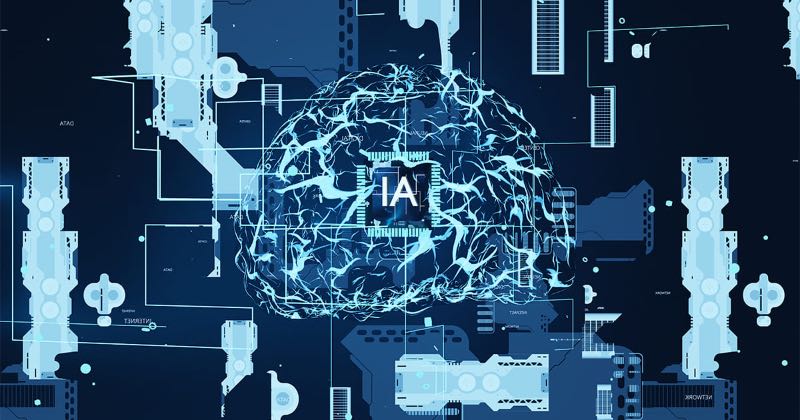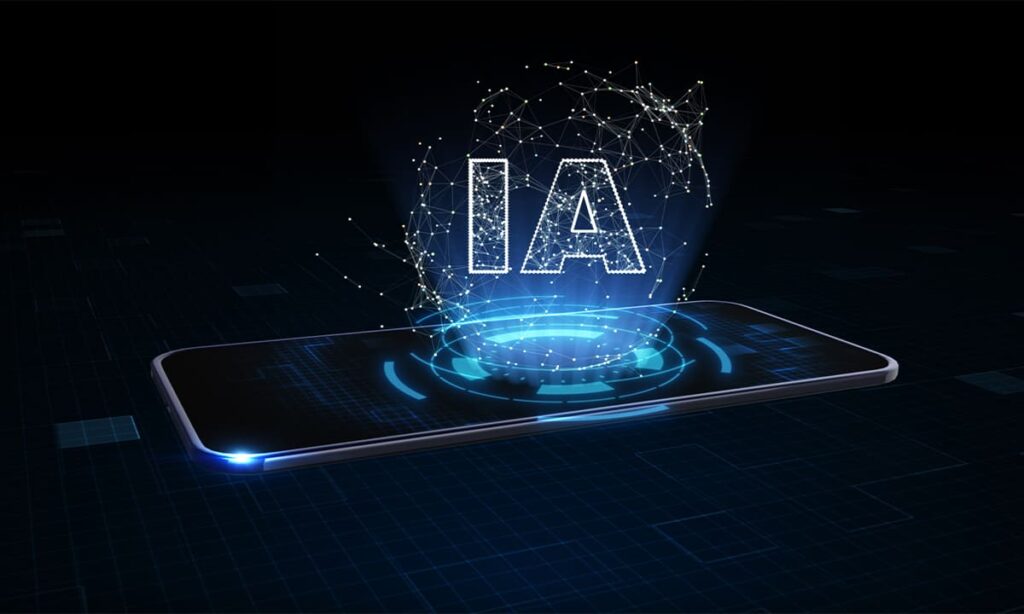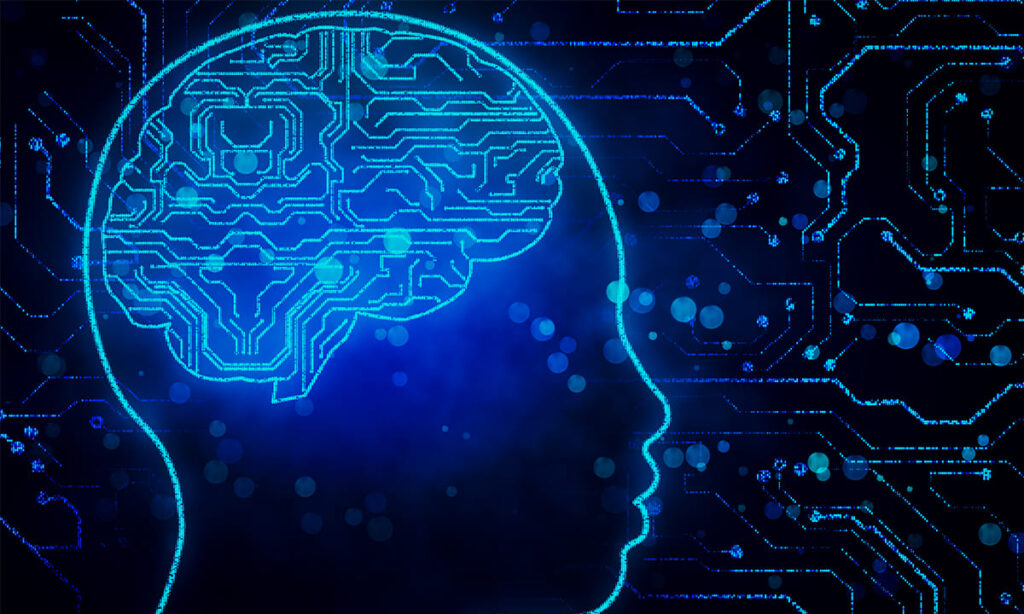
3 Artificial intelligences for children’s education
A good number of educational programs have included the use of artificial intelligence for the education of children. And it is already a fact that AI can be used as a complementary means for learning. In this article we will share some of the best options for children with which they can benefit and improve the results of their studies.
3 Artificial intelligences for children’s education
Although there are still sectors that resist the inclusion of artificial intelligence in children’s education, the truth is that many educational programs have made them part of their learning methodology.
To a large extent, this refusal is due to a lack of knowledge about the capabilities and benefits of these tools. From our point of view, what is feared is change, since the use of AI in educational systems represents a potential transformation of traditional education processes.
If you are one of those who challenge these beliefs, here are 3 options that will help you see the benefits of including these systems in educational processes. Try them out and compare the results for yourself.

Machine Learning for Kids
Machine Learning for Kids is a machine learning tool designed for kids. It is perfect for introducing little ones to the world of machine learning with the help of AI.
The platform offers children the opportunity to train their intelligence and build their own projects in a guided environment. Essentially, it is a hands-on programming course. Among other things, Machine Learning for Kids can be used to build educational games, presentations, and more.
Sketch Metademolab
Sketch Metademolab is a very fun application. With it you can create animations from drawings. One of its advantages is that it is quite easy to use, so it is possible to teach children how to move around the site and take advantage of its functions.
In addition to the enjoyment and satisfaction of seeing their drawings come to life, with this tool children will develop skills and abilities in the use of digital equipment and platforms.
Genie
Genie is a novel chatbot that uses artificial intelligence to operate. It is a very complete tool, especially for educational programs, as it produces texts, answers questions and generates images from specialized commands.
The tool is ideal for children who already know how to read. Therefore, it is best to use it in grades where these skills have already been acquired by the students.
Obviously, the integration of a new tool must be done under a thorough analysis of the strengths and threats. Let’s look at a brief comparison between the risks and benefits of using AI in education, so that you can draw your own conclusions:
Benefits of artificial intelligence for children’s education
When educational programs are fully integrated with AI , good results are obtained. In addition to being an incredible tool for students, it is also an incredible tool for teachers since:
Allows you to personalize educational processes
Artificial intelligence programs are adaptable. This allows the tool to be tailored to the capabilities and needs of each student. Personalization of the tool promotes inclusion within the classroom.
Provides ease to complement the information
Another benefit of including artificial intelligence in educational programs is its function as a source of information and consultation. A single tool allows you to consult and gives you easy access to a large amount of information that you can use as a complement.
Encourages feedback
Feedback on educational platforms that have artificial intelligence is quite efficient. It can be obtained immediately, emphasizing specific indicators . In this way, the time spent on correction and obtaining results is reduced.

Risks of using artificial intelligence for children’s education
In terms of benefits, we saw how artificial intelligence can transform traditional education programs. The customization of processes appropriate to each student, the accessibility to a large amount of information from a single environment, and the effectiveness of evaluation systems undoubtedly represent an improvement for the teaching process.
Each improvement that benefits the student also serves as a response to other aspects. For example, the more students benefit, the lower the number of school dropouts will be. Dynamic learning allows them to awaken interest in their educational process, increasing their commitment to their studies.
Now, putting the benefits aside, we need to think a little about the risks involved in including these systems in children’s education. Since these are computer systems, they must be protected to avoid vulnerability and the possibility of generating some of the following hypothetical cases.
Personal safety exposure
Platforms with artificial intelligence facilitate the exchange of data. While it is true that this speeds up the educational process, it can also be a red flag to consider. Mainly, because it can be used for information leakage.
Given the risk of possible theft of personal data, what remains is to work on computer security to avoid any unpleasant events. After all, the safety of children and adolescents must be guaranteed at all times, no matter what new tool is used in educational dynamics.
Reading and interpreting call signs
One of the main risks of integrating artificial intelligence into children’s education is the misinterpretation of indicators. Correctly reading the data provided by AI platforms is vital for making good decisions that influence the correct development of school dynamics.
Accessibility to platforms
Another risk point that the integration of artificial intelligence into educational programs may have is related to accessibility. The use of these platforms requires functional devices.
Any school that wishes to integrate these systems must assess whether its student population and faculty have the necessary tools. It is best to prepare areas and spaces within the institution where students and teachers can use the resource.
Do you want to know more about AI and educational processes?
Browse our portal to discover more information about the use of AI tools in education. If you want to learn how to use these platforms, we invite you to read more articles about artificial intelligence. For more information, visit our home page.



